AccessDPRK has been at the forefront of using satellite imagery to uncover North Korea's anti-pandemic measures. It was the first to use satellite imagery to verify reports of the "border blockade", it was the first to offer a nationwide look at those border changes via the AccessDPRK map, and it was the first to expose a network of covert COVID isolation facilities that was built across the country.
North Korea has used the pandemic to clamp down on human movement and trade in the most extreme ways, and it has relied on myths and pseudoscience to back up its policies. From claiming that COVID could pass into the country from Chinese dust to putting people in quarantine for coming into contact with objects from South Korea - despite there being very little evidence that one can contract the virus by simply touching an object - North Korea's anti-pandemic measures have caused an inordinate amount of harm.
Of course, given the state of the country's healthcare system, any pandemic could pose an existential threat to the state (to say nothing of the people living there). That is why it's little surprise to discover that authorities embarked on building not just border and coastal fences but have tried to erect an anti-COVID barrier around Pyongyang itself.
First, however, I want to review the other infrastructure changes that North Korea has instituted in its fight against COVID.
North Korea was the first country to completely close their borders in response to the COVID-19 pandemic. To accomplish this, not only were all border crossings closed and trade & tourism suspended, but authorities erected hundreds of kilometers of new border fence (often in two layers) as well as repaired and modernized the existing border fences.
As part of the border closure, they added over 15,000 additional guard posts and garrisons along the border with China and Russia. They also improved security along both coastlines. AccessDPRK has verified the existence of 2,008 km of northern border fence and 1,567 km of coastal fence that now ring the country (plus hundreds of kilometers of DMZ fences).
Within the country, numerous checkpoints were set up to further limit human movement and the spread of the disease. Some of these are simple tent-like structures where a person's temperature can be taken, and others are existing vehicle inspection points that have been expanded to allow for decontamination processes.
At the border crossings, most have simply remained shuttered. But at Sinuiju (the main crossing with China) and Tumanggang (the only crossing with Russia), new facilities to quarantine and disinfect goods and people were set up to handle what little trade has occurred since 2020, and to prepare for when trade is normalized again. There is also evidence of disinfection infrastructure being built at the ports of Nampo and Tanchon.
And as part of actually providing a level of medical care, albeit a questionable level, dozens of suspected COVID isolation facilities (95 at last count) have been constructed throughout the provinces. These highly secured compounds can isolate patients who test positive with COVID or have a severe "unidentified" fever, while not taking up additional room in the country's poorly staffed and supplied hospitals. Within Pyongyang, the city's hospitals have all had dedicated COVID wards set up.
It is within this context that I want to detail the latest apparent COVID infrastructure project: fencing off Pyongyang itself.
Because there are gaps in the available image data from Google Earth, I haven't been able to map out the full system as it exists today, but I have been able to locate enough of it to provide this review.
Beginning no earlier than March 2020, the construction of a series of fences, guard posts, garrisons, and checkpoints began. In parts of the city, the first iteration of the system was already built by October 2020, while in other areas construction extended until at least June 2022.
Based upon the available imagery, there are at least 63.2 km of clearly identifiable fencing with a further 22.9 km of rows of guard posts that may or may not also be connected by fencing. The guard posts are typically spaced every 75-100 meters. With 86.1 km of fenced and unfenced guard post lines, that means that roughly 1,000 guard posts (between 861 and 1,148) have been constructed around the city.
Just like with the country's border fence, these posts are supported by a network of at least 28 purpose-built garrisons (barracks) - six of which were actively under construction in June 2022. There are several other sites that I believe are now being used as garrisons, but they were previously used for other purposes. I haven't included them on the map because of a level of uncertainty.
The fence system is also interconnected with the capital's checkpoint network and consists of 35 checkpoints of various types. Of those, twenty were built since 2020 and several of the preexisting sites have had visible upgrades.
There are parts of the terrain around Pyongyang where I have not been able to identify any new fencing. However, some of these areas are already "protected" by existing fences from factories or agricultural places, and those fences have been incorporated into the new system. Additionally, large sections of eastern Pyongyang are afforded security by the wide Taedong River (which serves a natural physical barrier), and northern sections of the city are mountainous and filled with military bases - effectively creating large swathes of inherently restricted territory.
Thus, Pyongyang now sits at the center of a multilayered security network; a city that already required permits to visit, can now shut itself off from the rest of the country at-will. This doesn't only include restricting traffic from the main roads (an ability that has always existed), but even prevents Pyongyang farmers from coming too close to the city core by merely crossing a field on foot.
The Central Quarantine Command oversees Pyongyang's anti-pandemic measures, instituting lockdowns, and enforcing the various government orders relating to the pandemic. However, whether or not this capital fence system is subordinate to the CQD, is part of the capital police force, or is part of a multi-agency force isn't yet known.
I reached out to several North Korea experts including those with access to information from within the country, and only hints of information about this fence have begun to make it to outside researchers - and there had been no independent verification of it until now. It seems that North Korean authorities have been keen on keeping it a secret.
However, as defector and former Pyongyang resident Hyun Seung Lee told me, it is "highly possible [that such a fence was constructed] since the country's top priority is Kim Jong Un's health. If anything COVID-19 related happened inside North Korea, none of the authorities will be free from responsibilities to protect the leader."
Considering the large number of checkpoints that already restricted access to Pyongyang, it may seem redundant to build dozens of kilometers of fences and a thousand guard posts to further cut off the city. Yet, North Korea not only built over 15,000 additional guard posts to seal off their northern border they also built fences all along the coastline. And so, North Korea seems to fight viruses with the same tactics as they would an invading army - block the enemy from being able to move. In this case, the general population plays the role of "enemy".
Although North Korea appears to be preparing to reopen its borders, it's clear that they have invested in the physical infrastructure needed to reenter lockdown at any time, and to continue to further restrict human movement within the country. This latest discovery underscores the paranoid nature of the state and demonstrates how Kim Jong Un would rather resort to force (sealing off the capital and placing thousands of guards on patrol) than take helpful steps like granting general access to vaccines or allowing adequate humanitarian aid into the country.
I would like to thank my current Patreon supporters who help make all of this possible: Alex Kleinman, Amanda Oh, Donald Pierce, Dylan D, Joe Bishop-Henchman, Jonathan J, Joel Parish, John Pike, Kbechs87, Nate Odenkirk, Russ Johnson, and Squadfan.











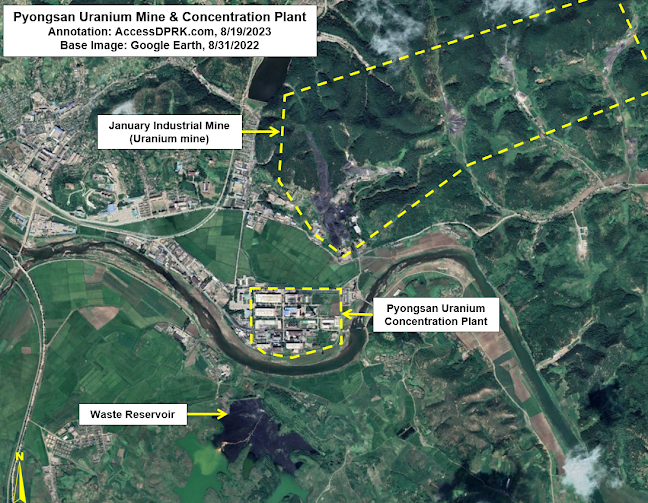
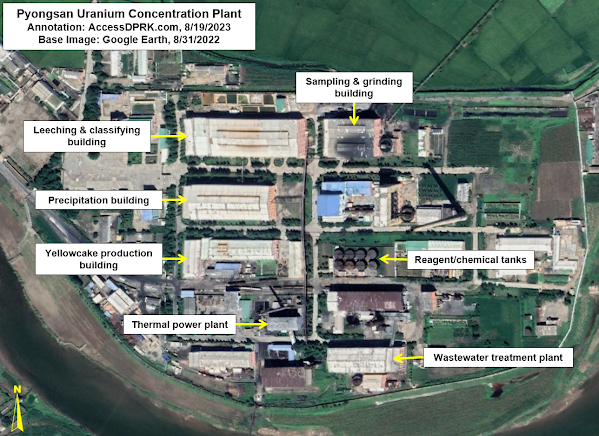
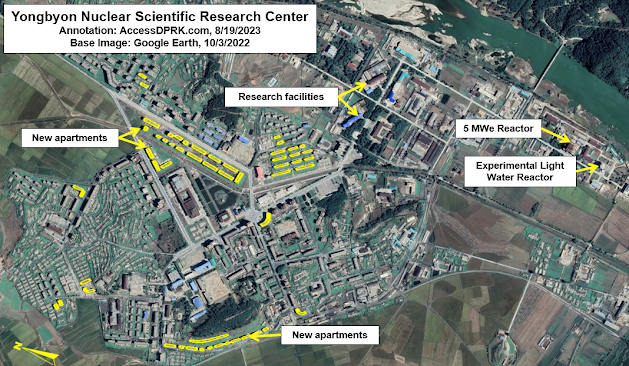





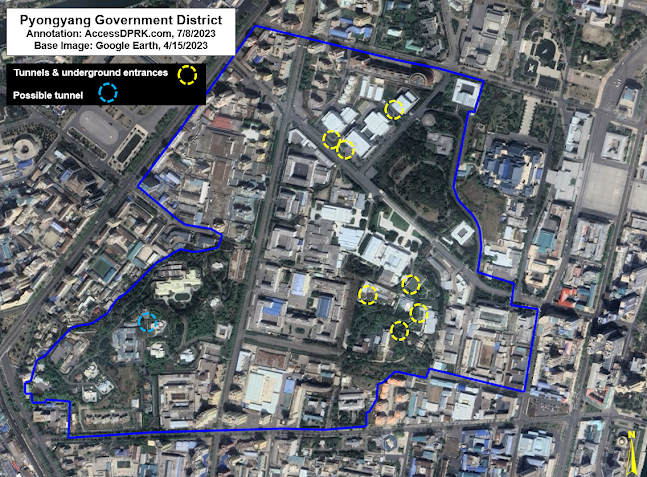











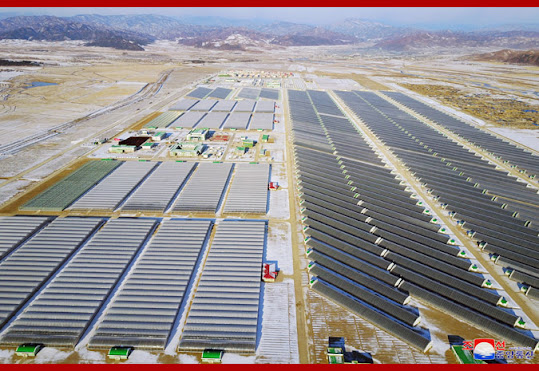



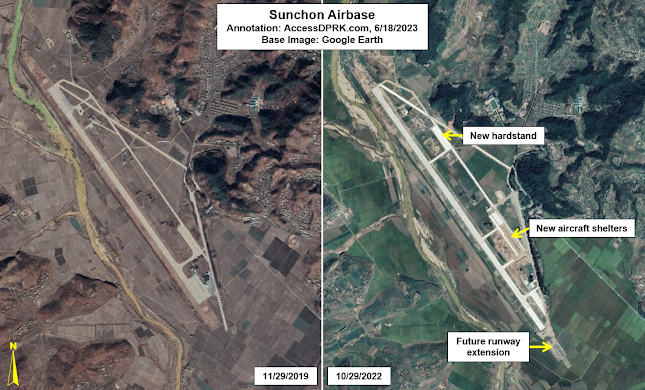
.jpg)


















